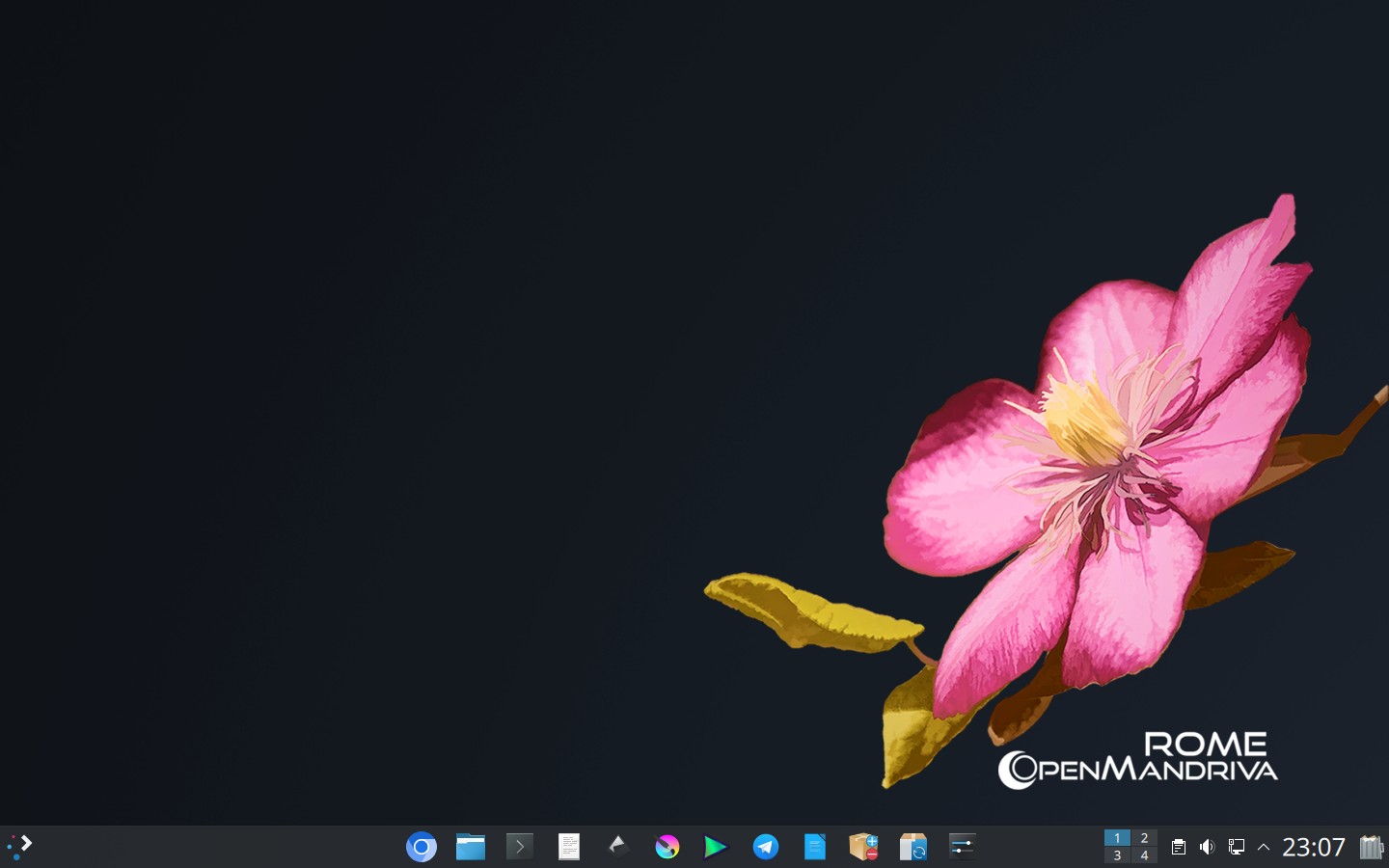Can someone ELI5 what OpenMandriva is?
In what place does it stand in contrast to Fedora, OpenSUS, and all the Enterprise Linux forks?
Mandriva was a Linux distribution that went out of business years ago. OpenMandriva is one of the projects that rose from its ashes with some of the same personnel and code base. It is an independent (not a fork) and community run distribution that, I think, does quite a lot with very limited resources.
And Mandriva itself was an attempted resurrection of the old Mandrake distribution (which was sorta the Ubuntu of its day). Really hoping OpenMandriva manages to make a go of it considering the ringer those folks have been through.
Mandrake has to be the funniest name ever
I can’t answer your question unfortunately but inclusion of OpenSUS in it deserves an immediate upvote.
How do the ‘offspring’ of Mandrake/Mandriva compare to one another? IIRC, there’s ALT, Mageia, OpenMandriva, PCLinuxOS and ROSA.
I’ve also come to the understanding that what set Mandrake apart from its peers was its polish and user-friendliness. Which, harbored a great community back in the days. Currently, however, this role is fulfilled by distros like Linux Mint. Furthermore, most distros are relatively straightforward anyways. So, my other questions would be:
- Could the argument be made that Linux Mint is the actual spiritual successor to Mandrake?
- Are the Mandrake-offspring’s most compelling raison d’être that they’re Mandrake’s offspring?
I think Ubuntu was and probably continues to be the real “spiritual successor” just because it is still widely used and is still very polished and user friendly as long as you want to keep with their experience. However, to really compare the “ease of use” (hand holding?) vs contemporaries of Mandrake, Elementary or Zorin might fit the role. They are simplified compared to even Ubuntu, Mint, or Pop OS.
All of the distros have gotten so much easier than they were at the time though. When X got autoconfiguration rather than a distro installer trying to guess and generate a config it was a huge game changer from the way it was before (the days when Debian warned about destroying your monitor). In some ways I think this was one of the largest ease of use changes we’ve had. The other stuff just got better.
I think they are mostly compelling to people who like the nostalgia and were fans of Mandrake. Mandrake was hugely popular in its time. I somewhat doubt they are getting a ton of new converts, not that there’s anything wrong with that.
I think you right. Especially when PCLinuxOS is the “The Boomer Distribution“ according to the website. Obviously the community and user friendliness ( like the control center) you mentioned was the main reason. Lastly, destroying your CRT monitor by a wrong X config was part of the learning process.
I wonder what would happen if this amount of effort and persistence was put into something more useful.
We’d all be running BSD or Hurd, and not some hobby project a college kid made just for fun.
Good question. Delete your account and see what happens!
Why the hate?





